calsfoundation@cals.org
Taborian Hall
Built at 800 W. Ninth Street in Little Rock (Pulaski County) between 1916 and 1918 by local African-American contractor Simeon Johnson, Taborian Hall is the last remaining original building on the Ninth Street “Line,” which was once the center for black businesses and culture in Little Rock.
Originally known as Taborian Temple, the Classical structure was built for the Knights and Daughters of the Tabor, a black fraternal insurance organization. More than 1,500 fraternal members came to the grand opening in 1918. Also in 1918, the first floor informally became the Negro Soldiers Club for black soldiers stationed at Camp Pike (now Camp Joseph T. Robinson).
Throughout the 1920s and 1930s, Taborian Temple housed many black-owned businesses, including offices for Dr. J. V. Jordan (dentist) and Dr. W. B. Black (physician), as well as housing the Gem Pharmacy, the Ritz Beer Garden, Binns Camera Club, and the Dreamland Grill. By the mid-1930s, the Dreamland Ballroom had opened on Taborian’s third floor, becoming a well-respected and busy venue. Known primarily as a dancehall, the Dreamland Ballroom also held dances, social gatherings, and basketball games.
When World War II began, the United Service Organizations (USO) purchased the building and turned the first three floors into a club for the black soldiers stationed at Camp Robinson and the Stuttgart Army Air Field. During the war and for several years after, Dreamland brought legendary acts to the soldiers who frequented the establishment, such as Duke Ellington, Nat King Cole, Louis Armstrong, Count Basie, Ella Fitzgerald, Redd Foxx, and Sammy Davis Jr.
In 1954, the temple was renamed Taborian Hall and housed three nightclubs on its three floors: Twin City Club in the basement, the Waiters Club on the second floor, and Dreamland, which then became known as Club Morocco, on the third floor. In the late 1950s and early 1960s, even more well-known musicians came to the locale, including B. B. King and Ray Charles. By 1970, however, the Taborian had lost its grandeur, as black clubs and businesses began to move away from the “Line” or close due to Urban Renewal programs and a greater acceptance of black-owned businesses in other parts of the city.
Taborian Hall was listed on the National Register of Historic Places on April 29, 1982. In 1991, Arkansas Flag and Banner purchased the building. Business owner Kerry McCoy is working to renovate Dreamland Ballroom, which is available to rent. In March 2018, it was announced that the U.S. Department of the Interior and the National Park Service (NPS) planned to award a $499,668 improvement grant for the ballroom’s restoration. In April 2020, the restoration project received another $499,723 from the NPS. The following July, it was announced that the nonprofit Friends of Dreamland would receive $498,000 for restoration and rehabilitation from the NPS.
For additional information:
Dreamland Ballroom. https://www.dreamlandballroom.org/ (accessed October 27, 2021).
Herzog, Rachel. “Two Grants to Revive, Highlight Historic Black Community Sites in LR.” Arkansas Democrat-Gazette, April 20, 2020, pp. 1B, 6B.
Love, Berna J. Temple of Dreams: Taborian Hall and Its Dreamland Ballroom. Little Rock: UALR Center for Arkansas History and Culture, 2012.
“Taborian Hall.” National Register of Historic Places nomination form. On file at Arkansas Historic Preservation Program, Little Rock, Arkansas. Online at http://www.arkansaspreservation.com/National-Register-Listings/PDF/PU3162.nr.pdf (accessed October 27, 2021).
Danny Groshong
Little Rock, Arkansas
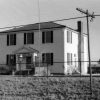 Architectural Styles
Architectural Styles Business, Commerce, and Industry
Business, Commerce, and Industry Early Twentieth Century, 1901 through 1940
Early Twentieth Century, 1901 through 1940 Historic Preservation
Historic Preservation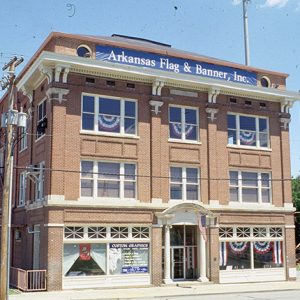 Taborian Hall
Taborian Hall 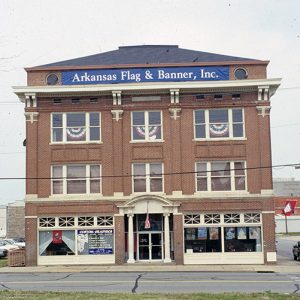 Taborian Hall
Taborian Hall 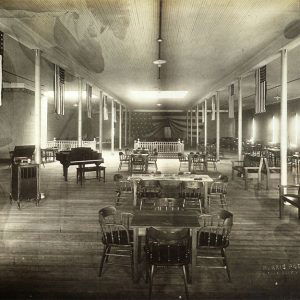 Taborian Hall Interior
Taborian Hall Interior 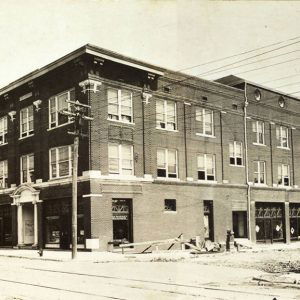 Taborian Hall, 1918
Taborian Hall, 1918 



Comments
No comments on this entry yet.